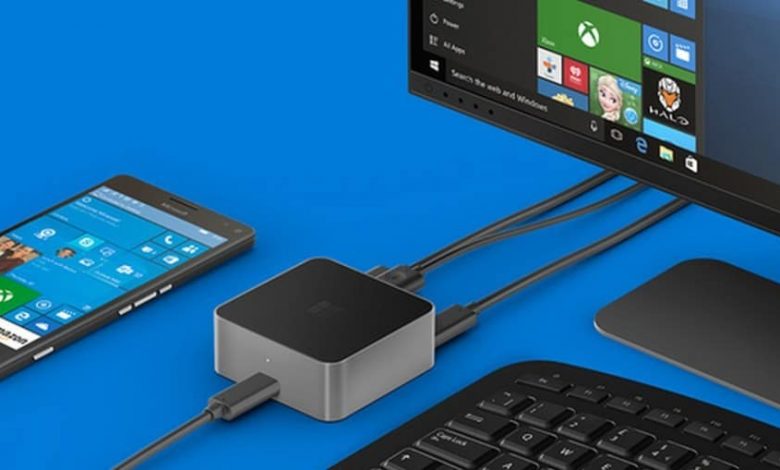

Monitors can support resolutions that are lower than their native resolutions, but text won't look as sharp and the display might be small, centered on the screen, edged with black, or stretched. It's usually best to stick with the one that's marked (Recommended). NOTE: If higher resolution monitors are used, the Graphics driver makes a judgement based on monitor specifications and display configurations.

Typically, it's best to choose the one that's marked (Recommended).įind Display resolution, and then choose an option.

Next, in Change the size of text, apps, and other items, select an option. When that's done, follow the instructions below. To change your screen resolution, use the drop-down menu next to Display resolution. Your screen is spread over two screens, and you can drag items between the two screens. Open Display settings Under Multiple displays, choose one of the following options: Duplicate these displays. Learn how to change just your text size in Make Windows easier to see. Go to Start > Settings > System > Display. If you want to change the size of your text and apps, choose an option from the drop-down menu next to Scale. Select Start > Settings > System > Display, and look at the Rearrange your displays section. Select Start > Settings > System > Display. I'm at wits end here, looking for some help or advice! Thanks.Before you get started, if you have external displays connected to your PC, choose the display you want to change.

I've read solutions to hook up the Surface Book directly to the external monitor via the USB C connection but then what's the point of having a Docking Station, and it seems ridiculous that it would be a recommended solution to what seems to be a driver or firmware issue. I've tried multiple adapters that claim to support up to 4K resolutions with no luck. It should be noted everything works fine if I use a mDP to Display Port adapter, but because of my current set up and limited ports I want to make it work with an HDMI connection. The connection works but my resolution on the external monitor is limited at 1920x1080 (and looking super crappy I might add) the external monitor supports a resolution of up to 2560x1440 (QHD) and refresh rates of up to 144hz. Then choose Portrait (make sure to repeat the same for all the displays) and check if the 2 nd monitor is working fine. Now open System and in the Display tab, expand the dropdown of Display Orientation. If I set the desktop to 720p, then I get 60 Hz but all the buttons and dialogs look strange, even with DPI scaling. I've tried multiple solutions for this with no luck! I have a surface book 2 (high end model) connected to a surface dock, I am trying to connect the dock to an external monitor via a Mini Display Port to HDMI adapter. Press the Windows key and select Settings. Currently, there is no way to change the resolution except in desktop mode, but there we have no GameScope and also when I set it to 1080p it always defaults to 120 Hz, even if in the dialog 30 Hz is the maximum.


 0 kommentar(er)
0 kommentar(er)
